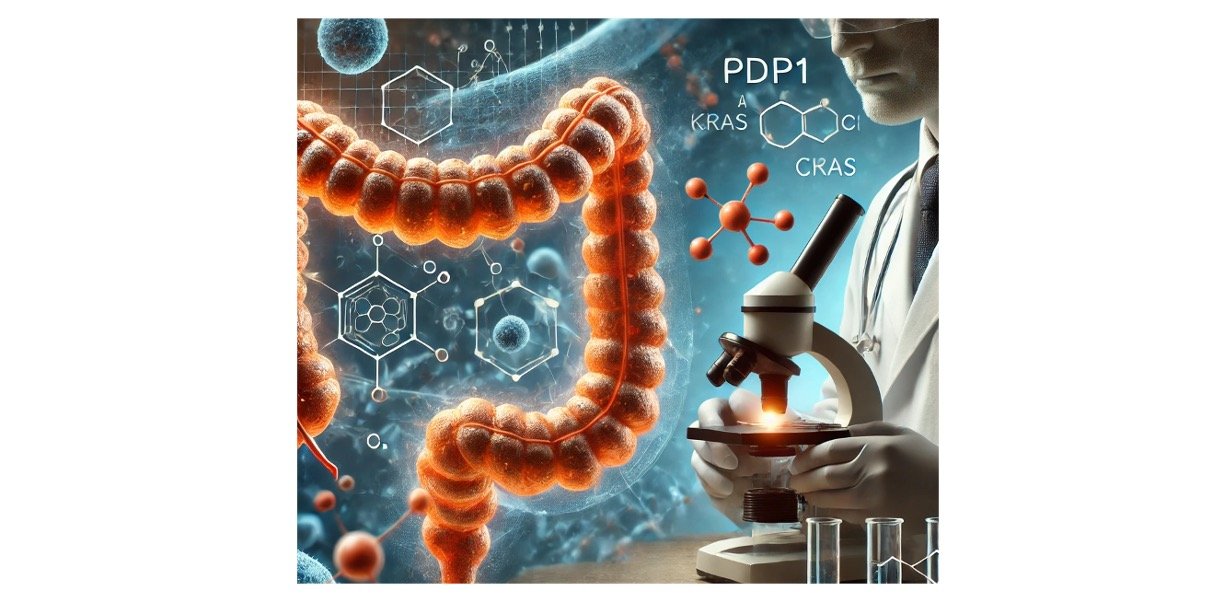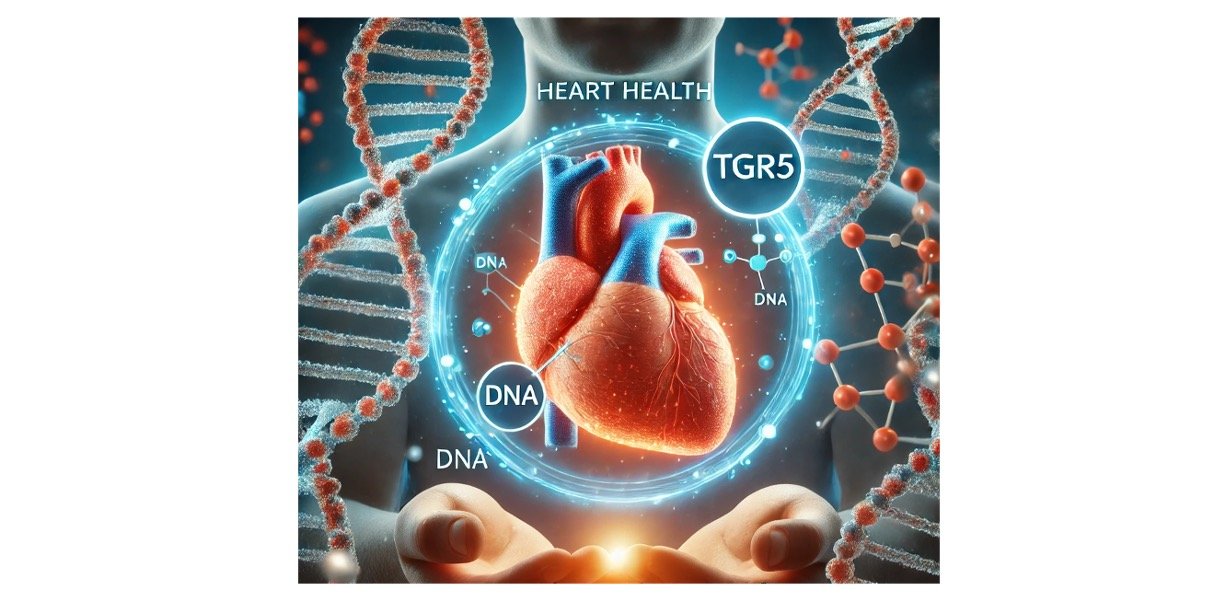Prophase II Definition
The dissolution of the nucleolus and nuclear envelope, the shortening and thickness of the chromatids, and the replication and migration of centrosomes to polar areas characterise the first stage of meiosis II.
Because it produces gametes, meiosis is a reproductive cell division. Following meiosis, the resultant cells have half the number of chromosomes as the parent cell.
This is because the parent cell goes through two meiotic divisions: the first (meiosis I) and the second (meiosis II) (meiosis II). There are four key phases in each of them.
Prophase, metaphase, anaphase, and telophase are the four stages of the cell cycle. Each of these stages is labelled I or II depending on whether it happens during meiosis I or II.
Prophase II occurs after meiosis I, or if interkinesis is present, after meiosis I. During prophase II, the nuclear envelope and nucleolus dissolve if interkinesis occurs.
The chromosomes have been compacted. Centrosomes reproduce and travel in opposing directions. The centrosomes produce spindle fibres that expand outward.
Metaphase II begins when prophase II finishes. The distinction between prophase I and prophase II is that prophase I is the sole time when chromosomes cross across, whereas prophase II does not.
Prophase II Citations
Share












